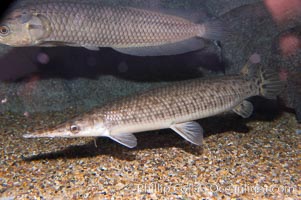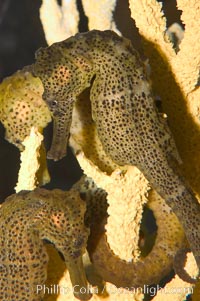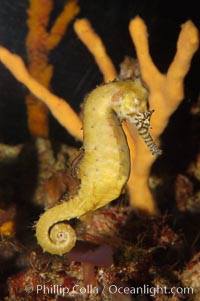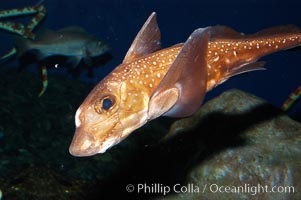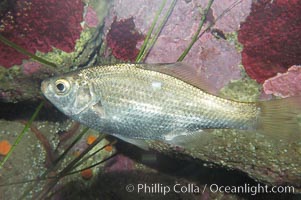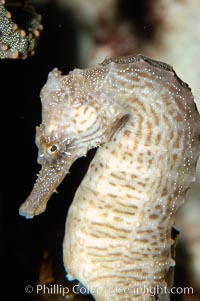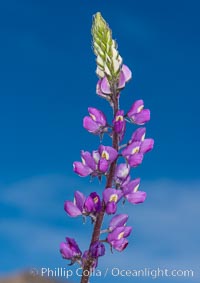
Arizona lupine is a common early spring ephemeral wildflower of the Colorado Desert. The purple-pink flowers show a yellow spot on the upper petal, which changes in color to red once the flower has been pollinated to discourage insects from visiting it after pollination.
Location: Anza-Borrego Desert State Park, Borrego Springs, California
Image ID: 35174
Location: Anza-Borrego Desert State Park, Borrego Springs, California
Image ID: 35174
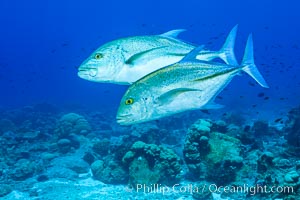
Blue-spotted jacks and coral reef, Clipperton Island.
Location: Clipperton Island, France
Image ID: 32952
Location: Clipperton Island, France
Image ID: 32952
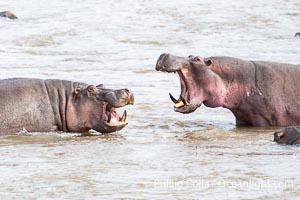
Hippopotamus with Open Mouth in the Mara River, Kenya.
Species: Hippopotamus, Hippopotamus amphibius
Location: Mara North Conservancy, Kenya
Image ID: 39730
Species: Hippopotamus, Hippopotamus amphibius
Location: Mara North Conservancy, Kenya
Image ID: 39730
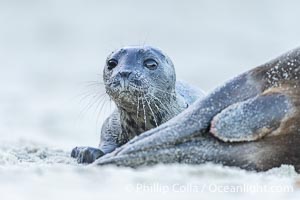
A newborn harbor seal pup, only a few minutes old, peeks over its mother who is resting after having just given birth. The pup is nuzzling and smelling its mothers belly, looking for mammary glands so that it can nurse. Within an hour of being born, this pup had learned to nurse and had entered the ocean for its first swim.
Species: Pacific harbor seal, Phoca vitulina richardsi
Location: La Jolla, California
Image ID: 39120
Species: Pacific harbor seal, Phoca vitulina richardsi
Location: La Jolla, California
Image ID: 39120
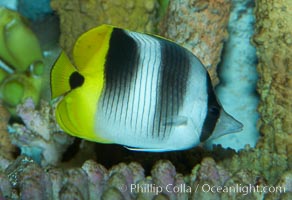
Pacific double-saddle butterflyfish.
Species: Pacific double-saddle butterflyfish, Chaetodon ulietensis
Image ID: 11817
Species: Pacific double-saddle butterflyfish, Chaetodon ulietensis
Image ID: 11817
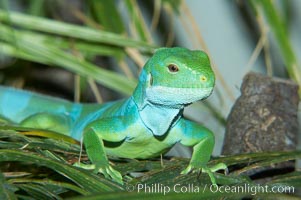
Banded iguana, male. The bands of color on the male of this species change from green to either blue, grey or black, depending on mood. Females are usually solid green, ocassionally with blue spots or a few narrow bands.
Species: Banded iguana, Brachylophus fasciatus
Image ID: 12612
Species: Banded iguana, Brachylophus fasciatus
Image ID: 12612
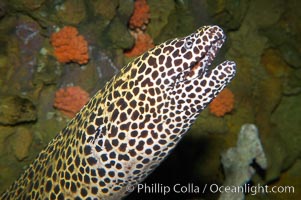
Honeycomb moray eel (tesselate moray).
Species: Honeycomb moray eel, Gymnothorax favagineus
Image ID: 12920
Species: Honeycomb moray eel, Gymnothorax favagineus
Image ID: 12920
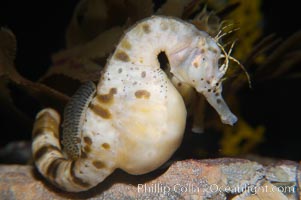
Pot-bellied seahorse, male, carrying eggs. The developing embryos are nourished by individual yolk sacs, and oxygen is supplied through a placenta-like attachment to the male. Two to six weeks after fertilization, the male gives birth. The babies must then fend for themselves, and few survive to adulthood.
Species: Pot-bellied seahorse, Hippocampus abdominalis
Image ID: 14472
Species: Pot-bellied seahorse, Hippocampus abdominalis
Image ID: 14472
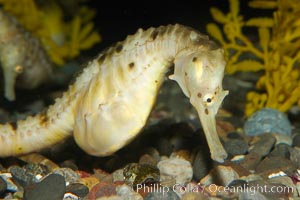
Pot-bellied seahorse, male, carrying eggs. The developing embryos are nourished by individual yolk sacs, and oxygen is supplied through a placenta-like attachment to the male. Two to six weeks after fertilization, the male gives birth. The babies must then fend for themselves, and few survive to adulthood.
Species: Pot-bellied seahorse, Hippocampus abdominalis
Image ID: 14558
Species: Pot-bellied seahorse, Hippocampus abdominalis
Image ID: 14558
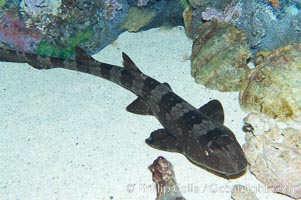
Whitespotted bamboo shark.
Species: Whitespotted bamboo shark, Chiloscyllium plagiosum
Image ID: 14963
Species: Whitespotted bamboo shark, Chiloscyllium plagiosum
Image ID: 14963
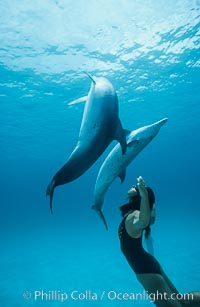
Atlantic spotted dolphin, Olympic swimmer Mikako Kotani.
Species: Atlantic spotted dolphin, Stenella frontalis
Location: Bahamas
Image ID: 00019
Species: Atlantic spotted dolphin, Stenella frontalis
Location: Bahamas
Image ID: 00019
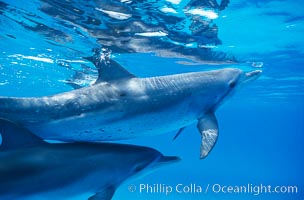
Atlantic spotted dolphin.
Species: Atlantic spotted dolphin, Stenella frontalis
Location: Bahamas
Image ID: 00676
Species: Atlantic spotted dolphin, Stenella frontalis
Location: Bahamas
Image ID: 00676
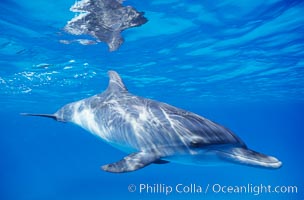
Atlantic spotted dolphin, juvenile.
Species: Atlantic spotted dolphin, Stenella frontalis
Location: Bahamas
Image ID: 00679
Species: Atlantic spotted dolphin, Stenella frontalis
Location: Bahamas
Image ID: 00679
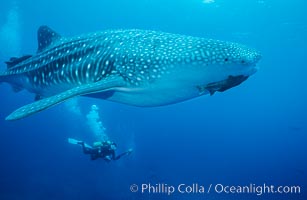
Whale shark.
Species: Whale shark, Rhincodon typus
Location: Darwin Island, Galapagos Islands, Ecuador
Image ID: 01513
Species: Whale shark, Rhincodon typus
Location: Darwin Island, Galapagos Islands, Ecuador
Image ID: 01513
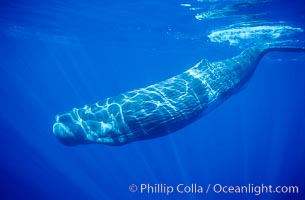
Sperm whale.
Species: Sperm whale, Physeter macrocephalus
Location: Sao Miguel Island, Azores, Portugal
Image ID: 02078
Species: Sperm whale, Physeter macrocephalus
Location: Sao Miguel Island, Azores, Portugal
Image ID: 02078
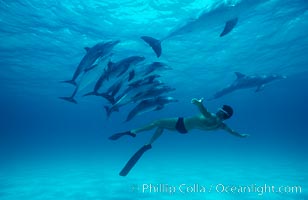
Atlantic spotted dolphin, Olympic swimmer Matt Biondi.
Species: Atlantic spotted dolphin, Stenella frontalis
Location: Bahamas
Image ID: 00009
Species: Atlantic spotted dolphin, Stenella frontalis
Location: Bahamas
Image ID: 00009
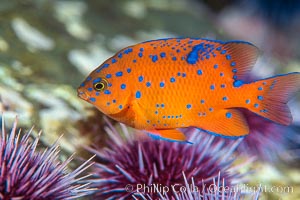
Juvenile garibaldi and purple urchins, Coronado Islands.
Species: Garibaldi, Hypsypops rubicundus, Strongylocentrotus purpuratus
Location: Coronado Islands (Islas Coronado), Baja California, Mexico
Image ID: 02513
Species: Garibaldi, Hypsypops rubicundus, Strongylocentrotus purpuratus
Location: Coronado Islands (Islas Coronado), Baja California, Mexico
Image ID: 02513
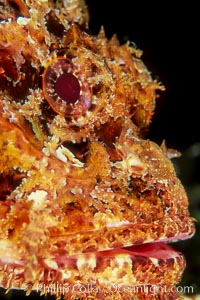
Stone scorpionfish.
Species: Pacific spotted scorpionfish, Scorpaena mystes
Location: Wolf Island, Galapagos Islands, Ecuador
Image ID: 02568
Species: Pacific spotted scorpionfish, Scorpaena mystes
Location: Wolf Island, Galapagos Islands, Ecuador
Image ID: 02568
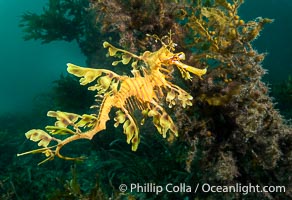
The leafy seadragon (Phycodurus eques) is found on the southern and western coasts of Australia. Its extravagent appendages serve only for camoflage, since it has a nearly-invisible dorsal fin that propels it slowly through the water. The leafy sea dragon is the marine emblem of South Australia.
Species: Leafy seadragon, Phycodurus eques
Location: Rapid Bay Jetty, South Australia
Image ID: 39132
Species: Leafy seadragon, Phycodurus eques
Location: Rapid Bay Jetty, South Australia
Image ID: 39132
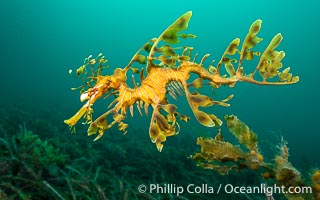
The leafy seadragon (Phycodurus eques) is found on the southern and western coasts of Australia. Its extravagent appendages serve only for camoflage, since it has a nearly-invisible dorsal fin that propels it slowly through the water. The leafy sea dragon is the marine emblem of South Australia.
Species: Leafy seadragon, Phycodurus eques
Location: Rapid Bay Jetty, South Australia
Image ID: 39135
Species: Leafy seadragon, Phycodurus eques
Location: Rapid Bay Jetty, South Australia
Image ID: 39135
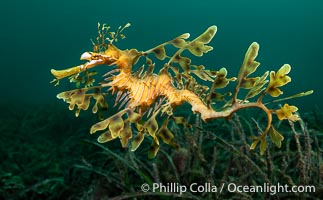
The leafy seadragon (Phycodurus eques) is found on the southern and western coasts of Australia. Its extravagent appendages serve only for camoflage, since it has a nearly-invisible dorsal fin that propels it slowly through the water. The leafy sea dragon is the marine emblem of South Australia.
Species: Leafy seadragon, Phycodurus eques
Location: Rapid Bay Jetty, South Australia
Image ID: 39138
Species: Leafy seadragon, Phycodurus eques
Location: Rapid Bay Jetty, South Australia
Image ID: 39138
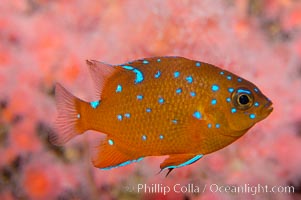
Juvenile garibaldi displaying distinctive blue spots.
Species: Garibaldi, Hypsypops rubicundus
Location: California
Image ID: 09388
Species: Garibaldi, Hypsypops rubicundus
Location: California
Image ID: 09388
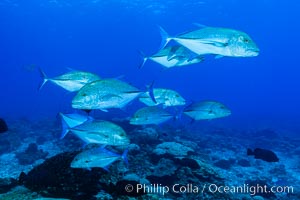
Blue-spotted jacks and coral reef, Clipperton Island.
Location: Clipperton Island, France
Image ID: 32975
Location: Clipperton Island, France
Image ID: 32975
